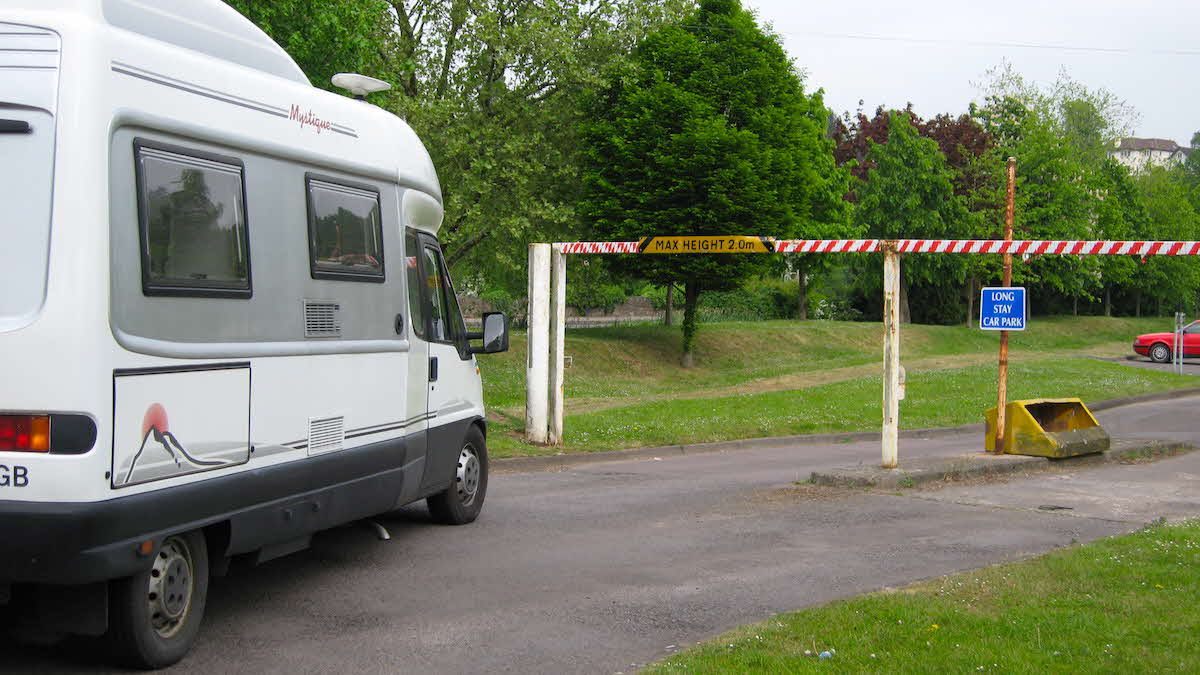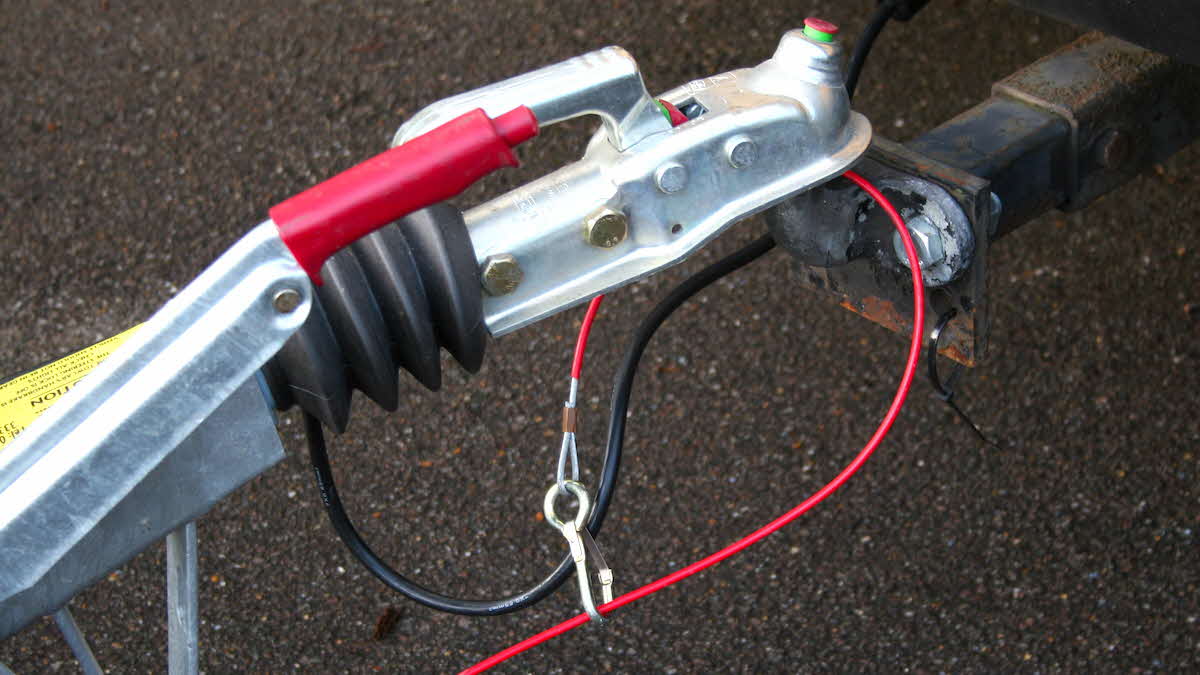Handy tips and advice
Our guides and insider tips will get you started whether you're in a caravan, motorhome, campervan or tent.
Get startedA small, motorhome-towed ‘support’ car can give you extra flexibility during your trips. Sammy Faircloth offers some advice to consider before you hitch up
 Many car parks have height restriction barriers – a hindrance to motorhomes
Many car parks have height restriction barriers – a hindrance to motorhomesMotorhomers will be familiar with the situation. You’ve settled in on site but want to head off to an attraction for the day, or perhaps pop to the supermarket. Bikes or public transport are sometimes options but often you’ll need your main vehicle to get out and about. Having to unhook the electrics and constantly check everything is stowed safely can be tiresome – not to mention the possibility of height restrictions and compact parking spaces during your day out. As a result, some owners of larger motorhomes like to tow a small ‘support’ car with them to site.
Whether you decide to tow a car using a trailer or an A-Frame (a frame – shaped like an ‘A’ – which is attached to the front of the car), your motorhome will need:
Fitting a towbar to a motorhome can be quite complicated. The make, model and year of the motorhome will determine the type and method of fitting. For motorhomes registered in 2012 and thereafter, it is mandatory to have a ‘Type Approved’ towbar fitted. Motorhomes registered before this date may not have a Type Approved towbar available – instead look for one which is made to British Standard BS AU 114 or International Standard ISO 3853.
Before purchasing a motorhome, it is worth checking that it can be fitted with a towbar. A quick look underneath the rear section will identify whether there are any possible obstructions (such as water tanks, spare wheels, waste pipes, etc). If your secondhand motorhome came with a towbar fitted, check (or have it checked) carefully. The Club has seen cases of towbars being fitted which are only strong enough to support a cycle carrier, neglecting strengthening parts needed to cope with the loads of towing a trailer or car.
If you are unsure and want a professional opinion, consider arranging an appointment with a towbar specialist. For help choosing a well-qualified installer, the National Trailer and Towing Association (NTTA) has established a national list of ‘Quality Secured Accredited Towbar Centres’. These are found on the NTTA website (ntta.co.uk) and each centre is scrutinised annually.
 Braked trailers and A-frames must be fitted with a breakaway cable
Braked trailers and A-frames must be fitted with a breakaway cableIf you are towing a car (for example with an A-frame) and the car’s wheels are in direct contact with the road, the relevant legislation is the same as that applicable to trailers. And so, like any laden trailer weighing over 750kg (ie trailer plus its load), it must meet the legal requirements of a trailer, including road lights, triangular reflectors, and brakes which operate correctly and efficiently.
Also note that braked trailers and A-frames alike must be fitted with a breakaway cable.
The legality of towing a car in the UK using an A-frame has been confirmed by the Government, but the A-frame in conjunction with the car must meet the legal requirements to be a trailer. However, you might get pulled over elsewhere – A-frames are not accepted in most European countries, for example. If necessary, check with the authorities of the countries that you are intending to visit before embarking on your tour.
Arguments for:
Arguments against:
Arguments for:
Arguments against:
It’s not just cars that can be towed by motorhomes. Some people tow a boat; motorsport enthusiasts often use box trailers; motorbike connoisseurs use specialised trailers. And, of course, some larger motorhomes feature an onboard garage!
Before proceeding, you must check the weight data of your motorhome and understand towing restrictions relating to your motorhome’s ‘gross train weight’ limit. You must also go to a weighbridge to get factual weight information.
Do some research before spending money and talk to others who have similar set-ups before considering towing with your own motorhome.